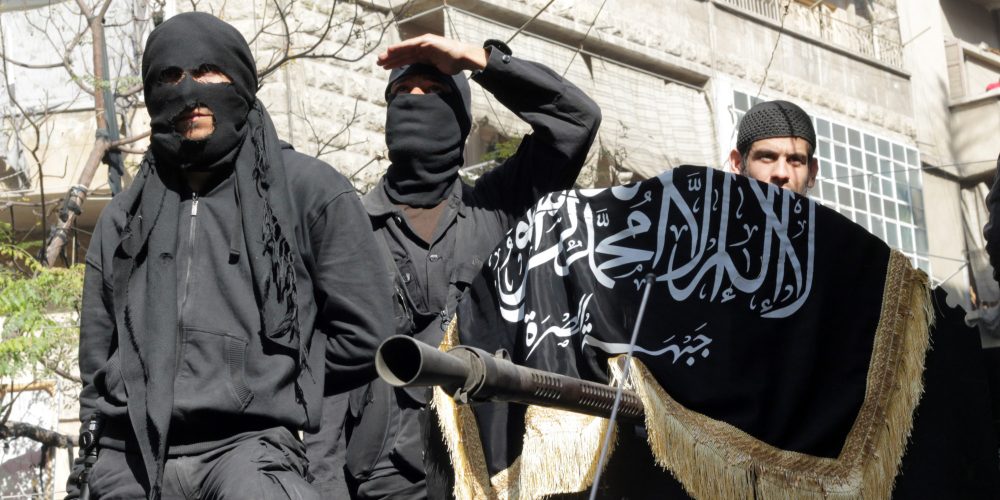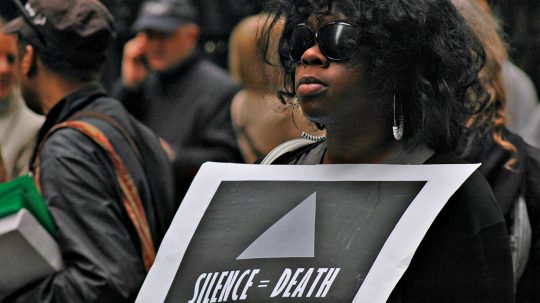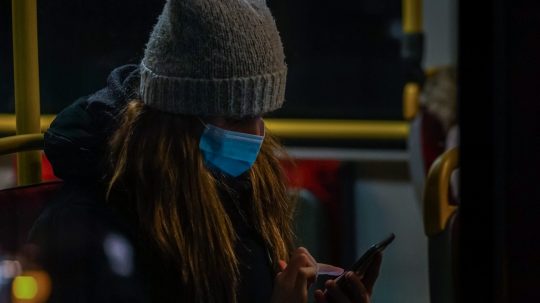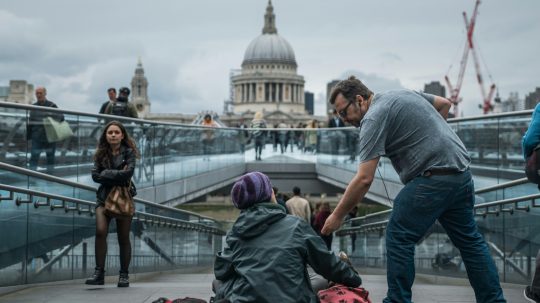Of all the influences that shape children as they grow up, none are more important than the lessons and values imparted on them by their parents. But what should we do when those lessons are influenced by dangerous extremist beliefs which could lead a child into harm’s way?
Concerns about extremism in the home have been stoked by numerous cases of radicalised British youths travelling to join terrorist organisations in Syria and Iraq, often resulting in their deaths.
Many different strategies have been adopted to combat this problem, such as Prevent, which aims to identify and support young people who are at risk of radicalisation. This includes attempting to incubate at-risk youths from radicalising influences.
But this can be made significantly more difficult when these influences come from, or are facilitated by, members of a young person’s family. In these cases more direct action may be necessary, but as Lord Wilson of the Supreme Court pointed out in Re B (A Child):
…many parents support vile political parties or belong to unusual or militant religions. All of these [beliefs] are visited upon their children, who may well adopt or “model” them … but those children could not be removed for those reasons.
The human rights angle
 A bomb detonates in Kobane, Syria. Image credit: Karl-Ludwig Poggemann / Flickr.
A bomb detonates in Kobane, Syria. Image credit: Karl-Ludwig Poggemann / Flickr.
Radicalised youths who travel to Syria or Iraq face a significant risk of death, torture, and, in the case of so-called ‘jihadi brides’, sexual exploitation.
This is likely to give rise to a real threat to their rights guaranteed by the Human Rights Convention, including the right to life, protected by Article 2, the right not to be tortured or subject to inhuman or degrading treatment, protected by Article 3, and the right not to be enslaved, protected by Article 4.
There is, therefore, a potential justification for authorities to intervene – even removing the children from their parents – if they believe that a young person is being radicalised at home, or if there is a risk that their parent or parents will take them to a conflict zone.
Where there is a real risk of a breach of the rights to life, not to be inhumanly treated or enslaved, the authorities must act. However, where the risk is not as clear – for example, where a trip to Syria isn’t likely but the parents have radical views – any action must be balanced against other competing rights which enjoy equal protection under the Convention. They include the right to a family life, protected by Article 8, the right to freedom of thought, conscience and religion, protected by Article 9, and the right to free expression, protected by Article 10.
How can the authorities intervene?
 Image credit: Pexels.com.
Image credit: Pexels.com.
If a local authority considers that programs like Prevent are not sufficient to adequately protect a child, it can ask a court to intervene directly. Broadly speaking, this can be done in two ways:
- Wardship – The local authority (or a ‘connected person’, such as another family member) can request that the High Court make the child a ‘ward of the court’. This allows the court to make decisions about what is best for the child, and means that any significant decisions taken in relation to the child must be approved by a judge. Read more about wardship here.
- Care Orders – Local authorities can also apply for a Care Order under the Children Act 1989. This gives the local authority extensive powers of supervision, including the power to restrict contact between the child and his or her parents. Read more about Care Orders here.
However, the court will only act if the child is at risk of suffering significant harm – a threshold which judges have set to be high.
The local authority must demonstrate a concrete risk to the safety of the child, and cannot rely on mere suspicions about a parent’s sympathies towards extremist organisations.
What about other forms of extremism?
 Image credit: mrgarethm / Flickr.
Image credit: mrgarethm / Flickr.
Whilst many of the cases in this area concern radical Islam and jihadi terrorist organisations, it is clear that other forms of extremism can have an equally harmful effect.
But, again, the court will only intervene if these influences put the child at risk of suffering significant harm. And so, in Re A (A Child), the President of the Family Division emphasised that a parent being a member of an extremist group (the English Defence League in this case) is not, in itself, enough to justify an intervention.
These cases often involve a delicate balance of competing rights which must be carefully examined, but one thing is patently clear: it is the interests of the child that are, and should be, considered paramount.
Thank you to Martin Downs, who delivered a lecture on this topic at the 1 Crown Office Row public law seminar on 11 September 2017, providing much of the material upon which this article is based.
Follow the links below to read more on this topic:
- Read more about the rights of parents who have children taken into care.
- Check out our A-Z guide on terrorism.
- Read about how armed conflict can affect children’s rights.







